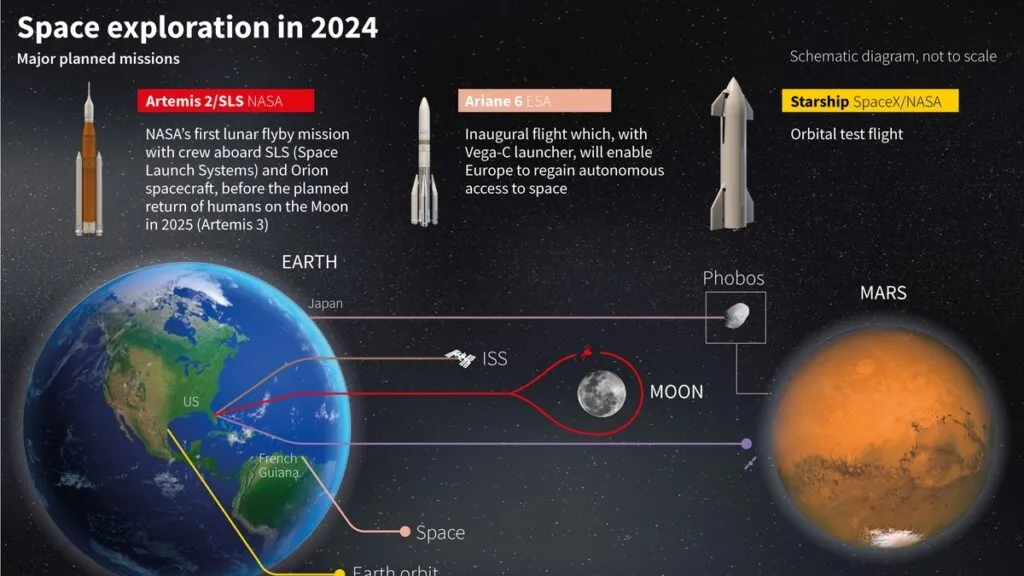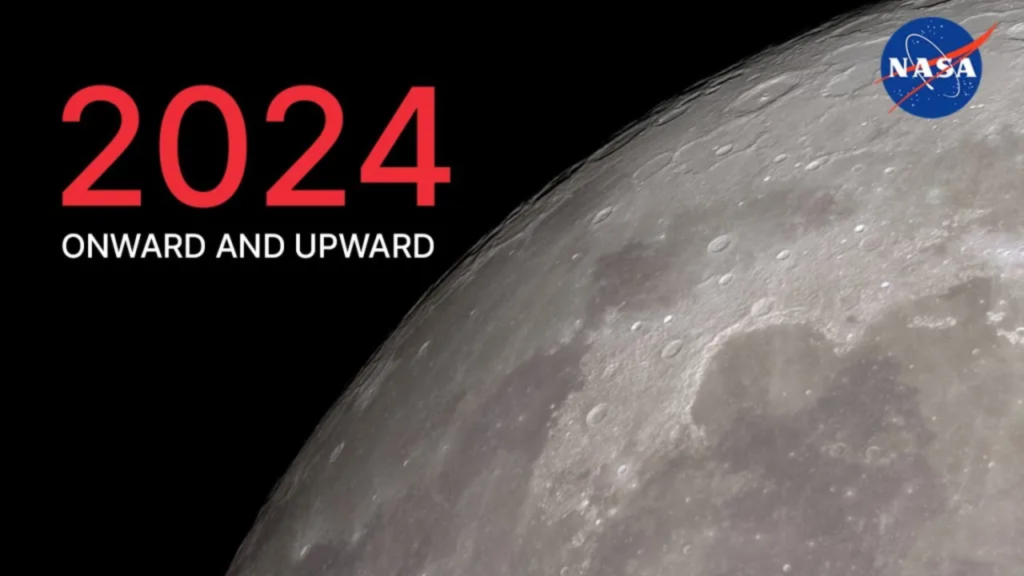
NASA Mission and Vision 2024, NASA, the National Aeronautics and Space Administration, continues to push the boundaries of human exploration and scientific discovery. As we look towards 2024, NASA’s mission and vision encompass ambitious goals that span across space exploration, scientific research, and technological advancements.
Read more: Smart Capsules for Sensing and Sampling the Gut 2024
NASA’s Core Mission
At its core, NASA is dedicated to exploring space and developing cutting-edge technologies to expand our understanding of the universe. In 2024, NASA’s mission remains focused on several key objectives:
Space Exploration
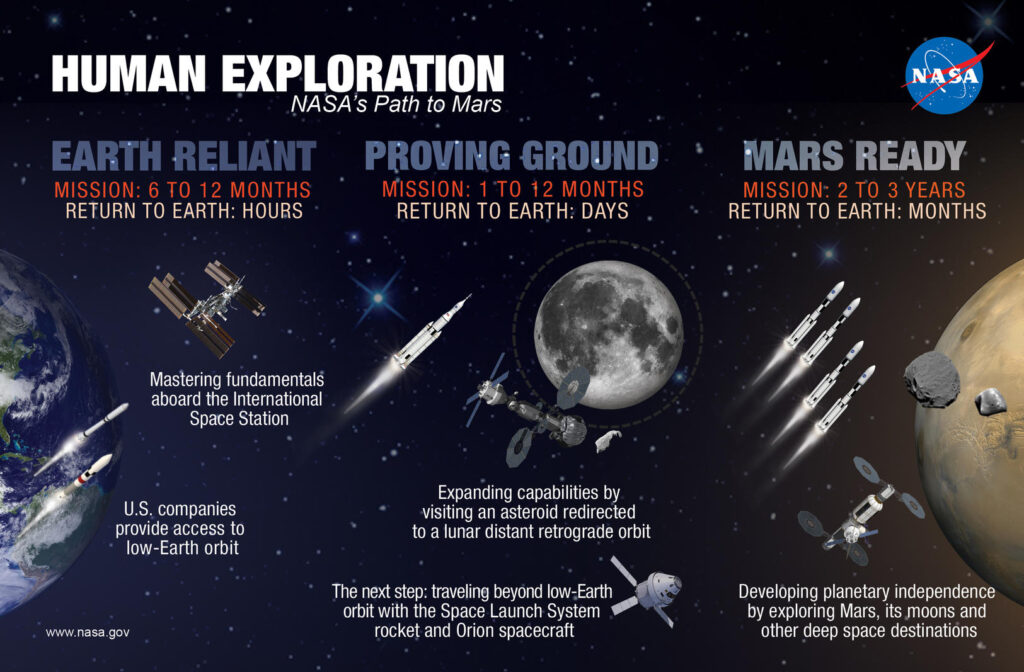
NASA is committed to human space exploration beyond Earth’s orbit. The Artemis program aims to return humans to the Moon and establish sustainable lunar exploration by 2024, paving the way for future missions to Mars and beyond.
Scientific Discovery
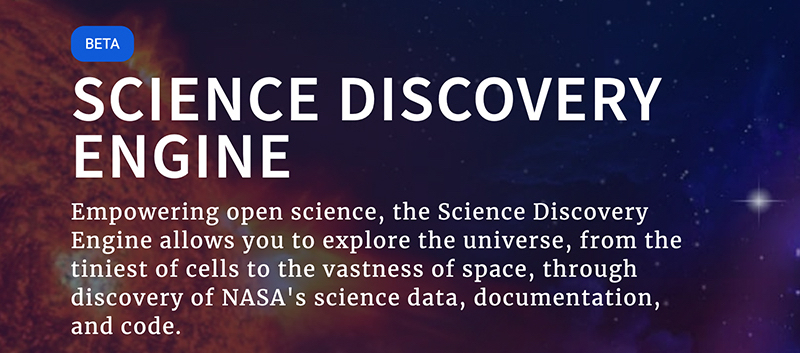
NASA’s scientific missions continue to uncover mysteries of the cosmos. From studying distant galaxies to exploring the conditions on other planets and moons, NASA’s probes and telescopes provide invaluable insights into the origins and evolution of our universe.
Earth Science

Understanding our own planet is crucial to addressing global challenges. NASA’s Earth science missions monitor climate change, natural disasters, and environmental trends, providing essential data for policymakers and scientists worldwide.
Vision for 2024 and Beyond
Looking ahead, NASA envisions a future where space exploration is more accessible, sustainable, and collaborative. Here are some key aspects of NASA’s vision for 2024 and beyond:
Moon to Mars
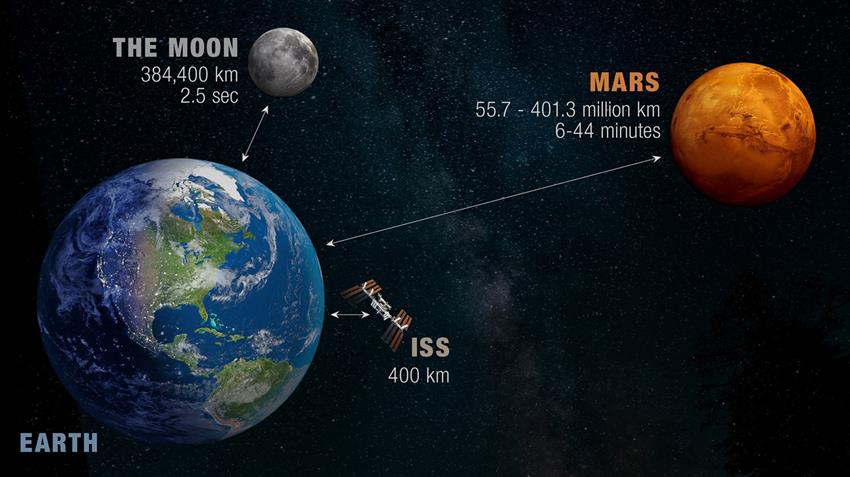
The Artemis program sets the stage for sustainable lunar exploration, with plans to establish a lunar outpost and prepare for crewed missions to Mars in the coming decades. This vision aligns with NASA’s long-term goal of human settlement beyond Earth.
International Partnerships

NASA recognizes the importance of international collaboration in space exploration. Partnerships with other space agencies, including ESA (European Space Agency), Roscosmos (Russia), and JAXA (Japan), enhance scientific cooperation and shared resources for ambitious missions.
Technology Innovation
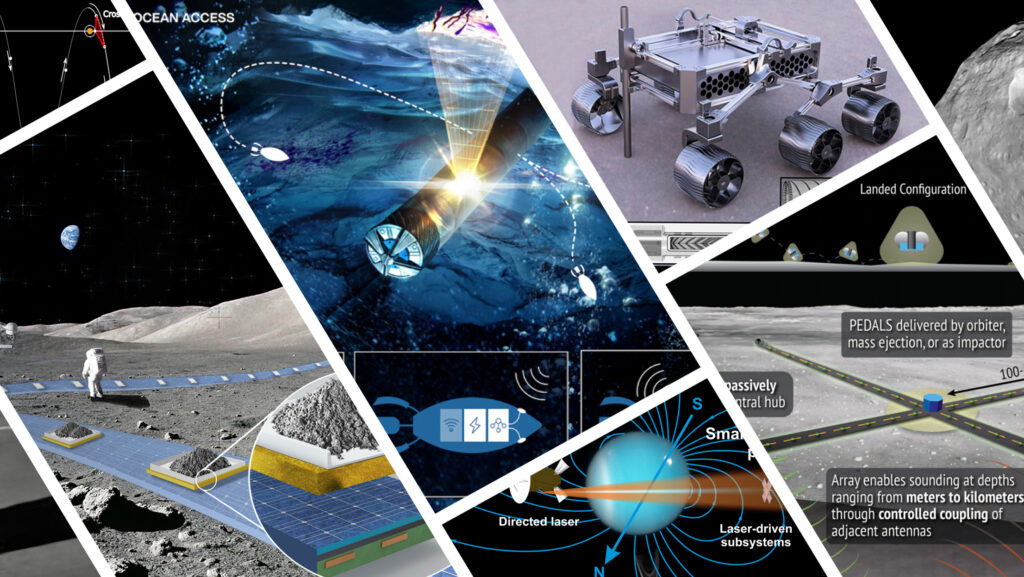
Advancements in space technologies drive NASA’s vision forward. From new propulsion systems to advanced robotics and artificial intelligence, NASA continues to invest in innovations that enable safer and more efficient space exploration.
Inspiring the Next Generation
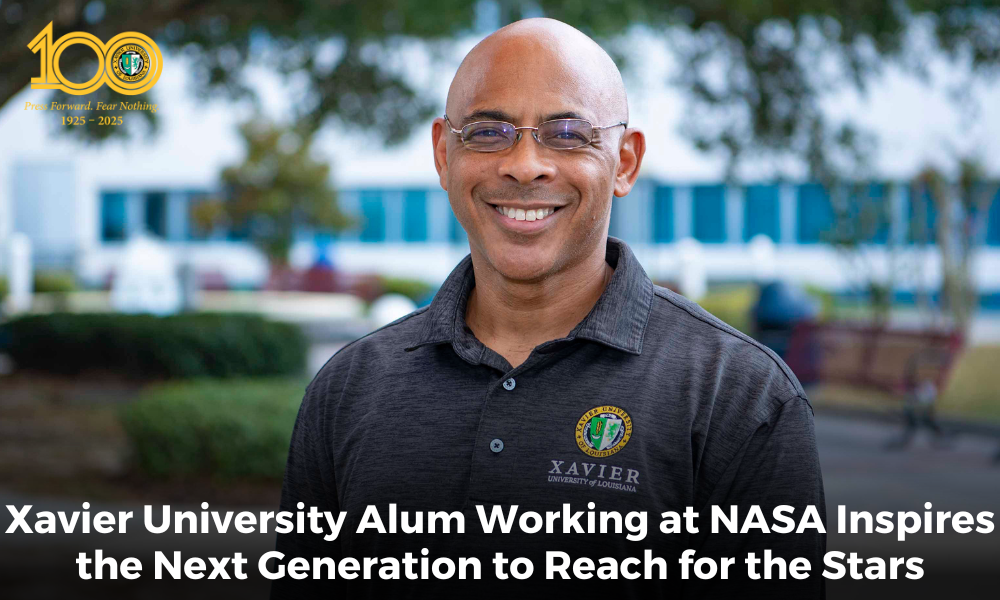
NASA’s outreach and education programs inspire the next generation of scientists, engineers, and astronauts. By engaging students and the public in STEM (science, technology, engineering, and mathematics) initiatives, NASA fosters a passion for space exploration and scientific discovery.
Advancing Space Technology
NASA’s commitment to advancing space technology is evident in its pursuit of innovative solutions for space exploration. In 2024, NASA aims to leverage emerging technologies to enhance mission capabilities and reduce costs. Key areas of focus include:
Advanced Propulsion Systems
NASA is exploring new propulsion technologies that could revolutionize space travel. Concepts such as ion propulsion, nuclear thermal propulsion, and solar sails hold the potential to propel spacecraft faster and more efficiently, opening up new possibilities for deep space exploration.
Robotics and Automation
Robotic missions play a crucial role in NASA’s exploration efforts. From rovers on Mars to probes in deep space, robotics enable scientific investigations and pave the way for future human missions. Advancements in autonomous systems and AI enhance the capabilities of robotic explorers, allowing them to perform complex tasks with precision.
Sustainable Spacecraft Design
NASA is committed to developing sustainable spacecraft designs that optimize resource utilization and minimize environmental impact. Concepts like in-situ resource utilization (ISRU), which involves utilizing local resources on celestial bodies, can reduce the need for Earth-based supplies on long-duration missions.
Bridging Science and Exploration
NASA’s mission extends beyond exploration to include groundbreaking scientific discoveries that shape our understanding of the universe. In 2024, NASA’s scientific agenda encompasses diverse areas of research:
Exoplanet Exploration
The search for exoplanets—planets orbiting distant stars—continues to captivate astronomers. NASA’s telescopes, such as the James Webb Space Telescope (JWST) and the Transiting Exoplanet Survey Satellite (TESS), are instrumental in identifying and studying exoplanets, shedding light on planetary formation and the potential for habitability beyond our solar system.
Astrophysical Discoveries
NASA’s space observatories, including the Hubble Space Telescope and the upcoming James Webb Space Telescope, provide unprecedented views of the cosmos. These observatories study phenomena such as black holes, supernovae, and galactic structures, contributing to our knowledge of the universe’s evolution and composition.
Space Weather and Solar Studies
Understanding space weather and its impact on Earth and space missions is a key focus for NASA. Studying the Sun’s activity, solar flares, and geomagnetic phenomena helps safeguard spacecraft and satellites while providing insights into Earth’s magnetosphere and atmospheric dynamics.
Collaboration and Partnerships
NASA’s mission and vision are enhanced through collaboration with industry partners, international space agencies, and academia. Collaborative initiatives enable shared resources, expertise exchange, and joint missions that push the boundaries of space exploration.
Conclusion: Inspiring the Future of Space Exploration
As NASA embarks on its journey in 2024 and beyond, the agency continues to inspire awe and curiosity about the cosmos. From pioneering missions to distant worlds to unraveling the mysteries of our own planet and universe, NASA’s mission and vision exemplify humanity’s quest for knowledge and exploration.
As we delve into the realm of 2024 and beyond, NASA’s mission and vision reflect humanity’s enduring curiosity and quest for knowledge. From exploring distant worlds to studying our own planet, NASA’s endeavors shape our understanding of the cosmos and inspire us to reach for the stars.
